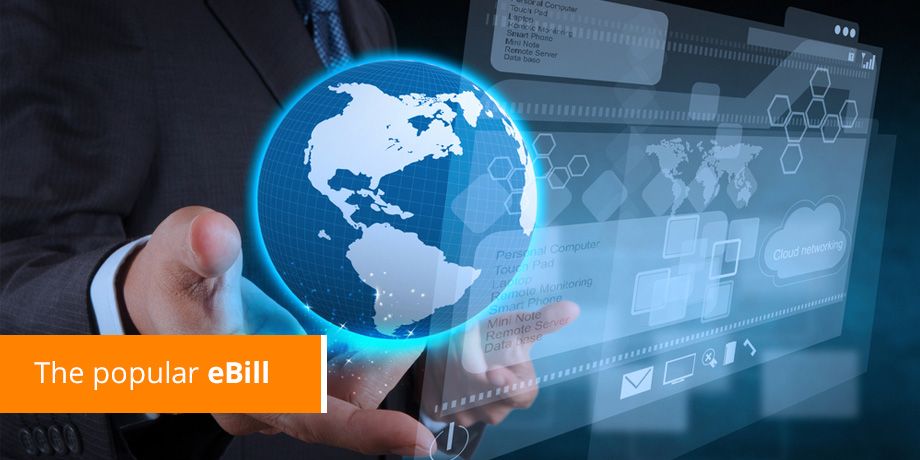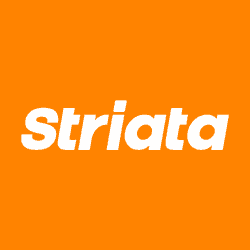
In Asia, eBilling is becoming increasingly popular, with more and more companies launching alternatives to paper bills. Often these are simple emails with a link to a website where the bill can be viewed after logging in. But due to the typically poor take-up of this type of website based “Pull” solution, billers are now adopting email based Push eBilling, with simple pdf or html representations of the paper bill being attached to a carrier email.
As an initial step this is a better solution, however, companies are missing out on some of the main benefits of eBilling by keeping things quite this simple. The fact is that what works on paper doesn’t necessarily work on computer screens.
We can start off with the fact that paper bills are always a “portrait” layout, whereas all computer screens are “landscape”. So there’s all that wasted space at the side of the screen, but still the requirement to scroll down to see the full page. That’s one of the reasons why media websites don’t look like magazines or newspapers that create them. Secondly, the way we read a computer screen is very different from how we read a piece of paper. That’s why Amazon’s Kindle doesn’t render the text in the same way as a book does.
Our expectations of what we will be able to do with an electronic document are also different, and are set by our online experiences. We expect to be able to navigate to where we want to go quickly and intuitively, and expect to drill down into the detail of a topic by clicking a hyperlink. If we’re attracted by a sidebar advert, we expect to be taken straight to the details without losing our place on the original page. Fundamentally, when working online, we expect sensitive personal information (“Just who did you take to Ristorante Romantica last month – it wasn’t me!”) to be securely delivered and password protected in a way that ensures only the intended recipient can access it.
These expectations and behavioural patterns offer companies a huge opportunity to engage their customers at a level never before possible, and to do this every month. Simple summary bills with drill-down capabilities should be the norm. Why not graph the details for more clarity and allow the customer to sort and categorise the transactions too? Navigation within the bill is surely a given (click here to return to the top). The inclusion of carefully targeted eMarketing banners with click-thru tracking goes without saying – transpromotional marketing is one of the most effective forms of cross-selling today. Forms to allow customers to update their details should be included. Of course a printer-friendly rendition of the bill has to be available – and this can be the carbon-copy of the paper bill. Even payment by credit-card or Internet banking from within the eBill itself, without having to log on to a separate website, should be available to all.
But what of the argument that we don’t want to confuse the customer with a new bill layout, so it’s better to give them what they’re used to…? The fact is that a well designed eBill should be easier to read and understand than a paper bill and if it isn’t, there’s a problem with the design that needs to be sorted. The benefits of implementing a comprehensive eBilling solution far outweighs the concerns of customer resistance, and indeed outweigh the cost of developing such a solution.
The bill, and hence the eBill, is often the only regular communication between a service provider and customer, and is certainly the most likely communication to be opened and read in detail. As long as the functionality of the eBill is limited to giving the basic details of the cost of the service provided to the customer, this is an opportunity lost.
Paper bills and the electronic rendition of paper bills have their roots firmly entrenched in the printing technology that became available in the 19th century, and these bills haven’t changed fundamentally for 50 years or more. With communications, energy and banking technologies changing beyond all recognition in the same period, isn’t it time that billing and customer communication strategies and solutions caught up again?
Improve the customer experience with secure document delivery today















